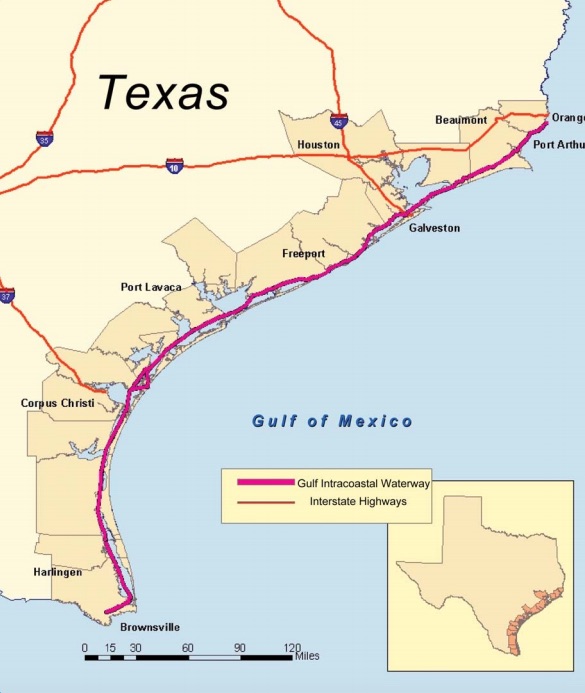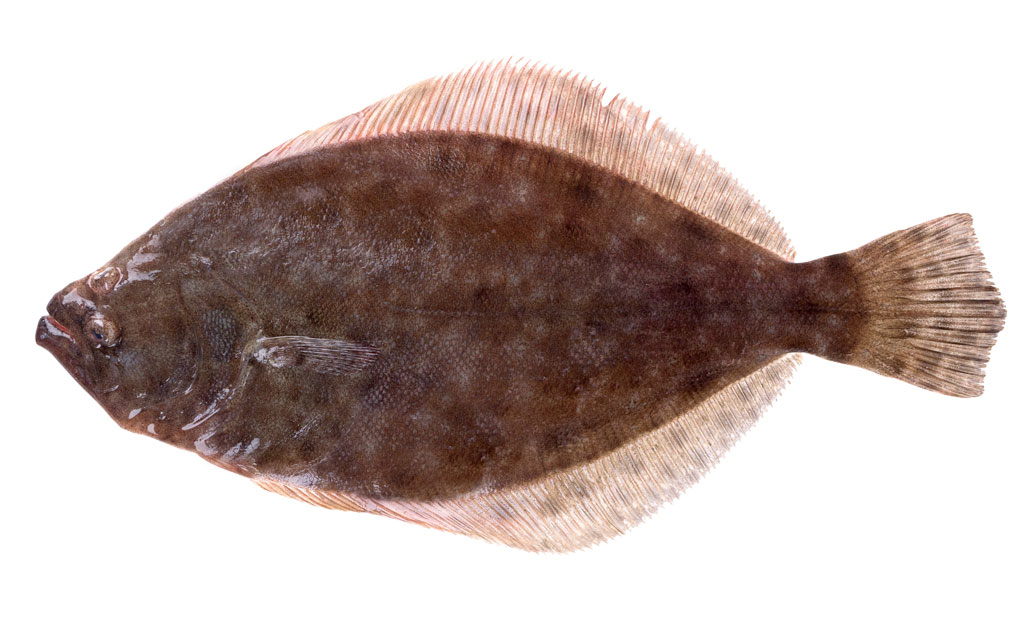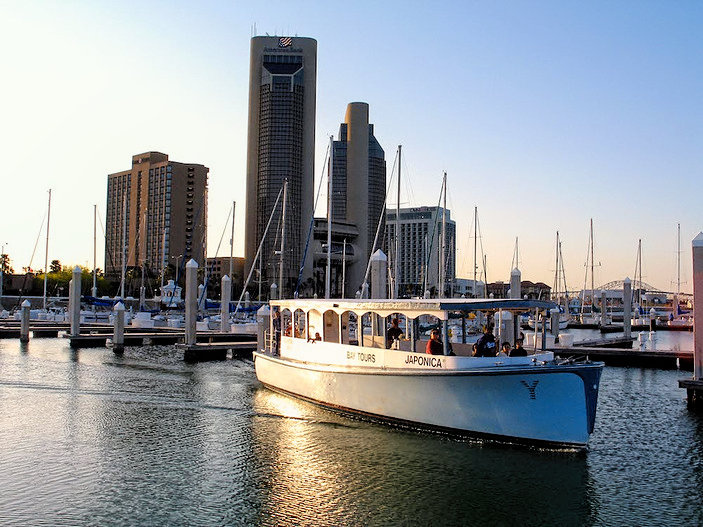
The Gulf Intracoastal Waterway was designated the M-69 Marine Highway by the U.S. Department of Transportation this month. Now part of the nation’s Marine Highway System, the 1,100 miles of intracostal passages extends from Brownsville, Texas, to the Okeechobee waterway at Fort Myers, Florida. Of that, 426 miles covers the Texas Gulf Coast from the Sabine Pass to the Brownsville Ship Channel at Port Isabel.
“Re-designating the Gulf Intracoastal Waterway-Texas as the M-69 Texas Corridor brings attention to this waterway as a valuable transportation asset,” said U.S. Representative Blake Farenthold, (R-Corpus Christi). “[It offers] an alternative to an already overcrowded highway system.”
Farenthold and U.S. Representative Filemon Vela (D-Brownsville) were instrumental in securing the upgrade.
“This designation will improve and expand the efficient flow of vehicular and maritime traffic on our roads and at our water ports,” Vela said, “which in turn will help create jobs and grow our South Texas economy.”
The route includes the Gulf of Mexico, the Gulf Intracostal Waterway and all connecting commercial navigation channels, ports and harbors within the Lone Star State. It includes 11 deep-water and 13 shallow-draft ports between Brownsville and Port Arthur.
The concept for a coastal canal, parts of which are man-made, was developed in 1808. The idea was to eventually connect Boston Harbor in Massachusetts with Brownsville on the U.S./Mexico border. It is constructed and financed by the federal government through the United States Army Corps of Engineers, and parallels the coast behind barrier beaches. An important route for barges, several sections provide access to major gulf ports for oceangoing vessels.
M-69 joins 22 current all-water Marine Highway Routes in the U.S. Marine Highway Routes serve as extensions of the surface transportation system. Officially established by legislation in 2007 and amended in 2012, the vision is to provide “full integration of Marine Highway vessels and ports into the surface transportation system to ensure that reliable, regularly scheduled, competitive, and sustainable services are a routine choice for shippers.”





